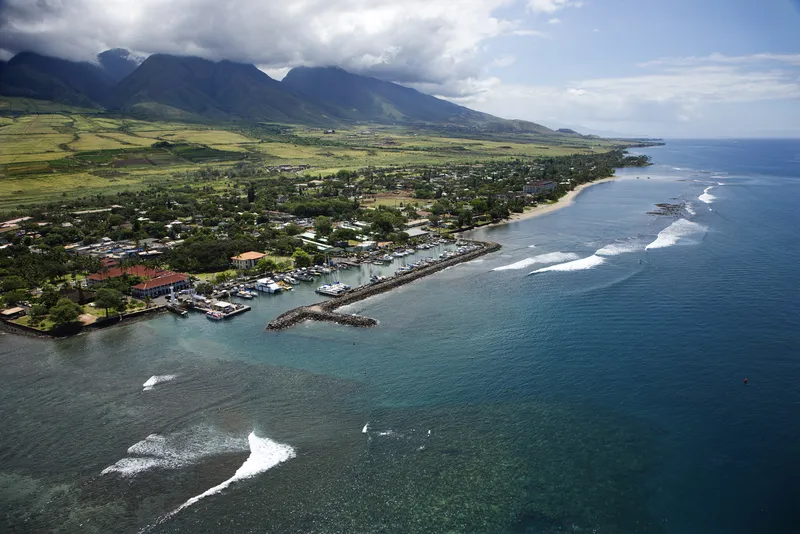
The US Department of Transportation’s Federal Highway Administration (FHWA) has announced the immediate availability of $3 million in 'quick release' emergency relief for Hawaii DoT (HDoT) following the devastating wildfires in and around Lahaina on the island of Maui.
The money will be used to replace damaged and destroyed infrastructure, such as portable battery-operated traffic signals; signs; erosion control of damaged areas; guardrails; and barriers to reroute traffic and protect pedestrians and workers.
“The nation watched with broken hearts as wildfires took lives and livelihoods in Maui – and the nation will stand with Maui as it rebuilds,” said transportation secretary Pete Buttigieg.
“This emergency funding will help residents get transportation networks back up and running with traffic signal replacements, erosion control, guardrails, and more – and we will continue work to protect communities against these increasingly frequent climate disasters.”
Federal highway administrator Shailen Bhatt says the money "will help emergency service personnel, police, and other first responders obtain the equipment needed for traffic management in Lahaina and the surrounding area, as well as resources for repairs to infrastructure in the future".
The wildfires, which began on 8 August, resulted in catastrophic damage and loss of life in Lahaina, with president Joe Biden declaring a major disaster in the state of Hawaii.









